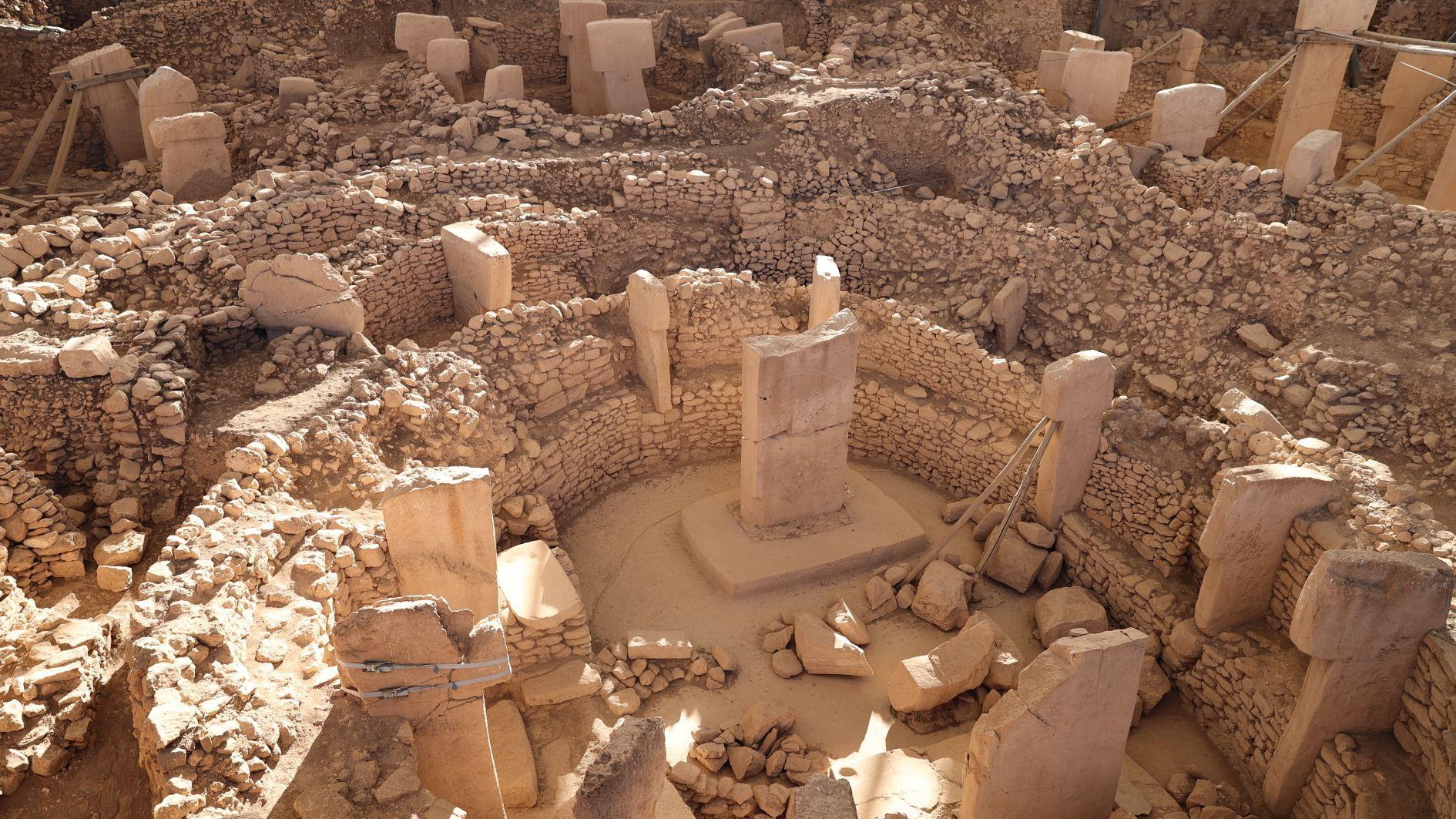
The Neolithic history of humanity is being redefined in Türkiye’s southeastern province of Şanlıurfa, where the ambitious Taş Tepeler (Stone Hills) Project — considered the world’s largest archaeological initiative — is revealing groundbreaking discoveries at multiple sites, including Göbeklitepe and Karahantepe.
Deputy Culture and Tourism Minister Gökhan Yazgı described the project as “the world’s largest archaeological effort,” stressing the international scope of the excavations. “Archaeologists from around the world are currently working here. In September, Japanese scientists will also begin excavations at Karahantepe,” he said.
Speaking to the state-run Anadolu Agency during the Şanlıurfa Cultural Road Festival, Yazgı stated that while Göbeklitepe has already placed Türkiye at the forefront of global archaeology, the findings at Karahantepe are expected to boost this status, adding, “Karahantepe is just as significant as Göbeklitepe.”
Excavations have been ongoing at several sites in the region as part of the Stone Hills project, which was launched by the Culture and Tourism Ministry. Yazgı said the project offers a scientific foundation through excavations at multiple prehistoric mounds.
“We are working to complete the protective roof structure over Karahantepe and open it to visitors by the end of the year,” he added.
Last year, the project hosted an international congress attended by over 1,000 scientists, Yazgı said, adding, “We are transforming the Şanlıurfa Archaeology Museum into the world’s largest center for Neolithic research and exhibition. Our goal is to enable visitors to understand the city in all its dimensions."
Mentioning Şanlıurfa’s recent rise as a cultural tourism hotspot, Yazgı noted that Göbeklitepe drew more than 750,000 visitors last year. “During the recent holiday period, the site was so busy that visitors had to wait in line at the entrance,” he said.
As part of the ongoing Cultural Road Festival, artifacts that have never been publicly displayed before are now being exhibited for the first time from the museum's storage.
“These artifacts have the potential to shed light not only on the region’s past but also on unknown aspects of human history,” he said.
Yazgı drew attention to the fact that the Göbeklitepe and Karahantepe excavations changed what we knew about humanity's transition to agriculture, social structures and belief systems and contributed to the rewriting of much misinformed or unverified information about the Neolithic period, in a more accurate manner.
Commenting on the increasing interest in cultural tourism among both domestic and international travelers, Yazgı said, “Türkiye has the potential to become one of the top three destinations in the world in this field in a very short time.”